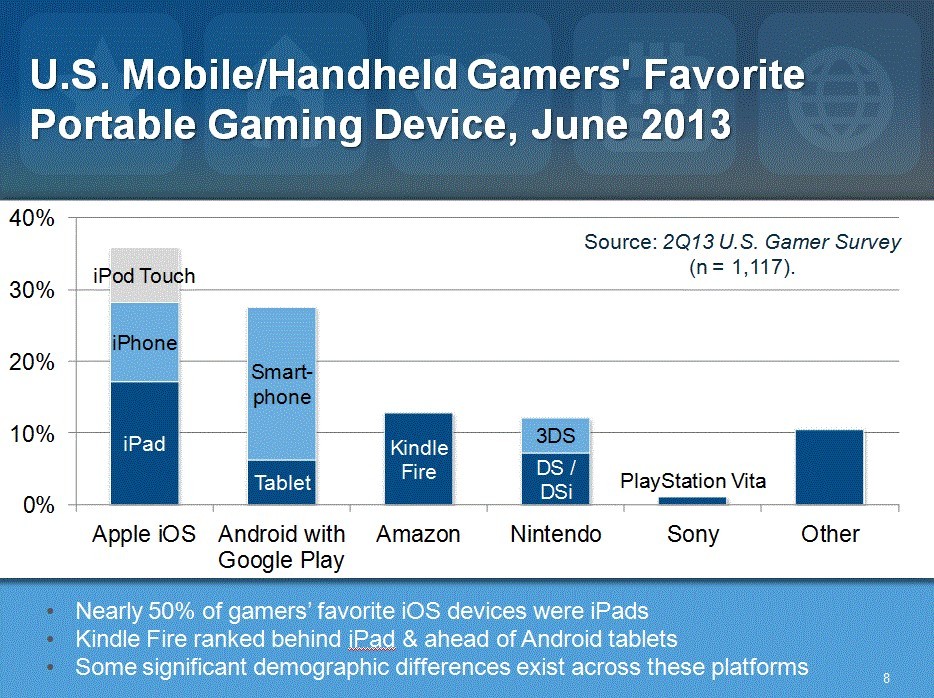Digital Dollars Why the Marketing and Ad Industry Are Afraid of New Regulatory Watchdogs
Post on: 9 Апрель, 2015 No Comment

Marketers are stepping up their campaign to undermine the Obama Administration’s proposed Consumer Financial Protection Agency (CFPA). Why are their lobbyists, including the interactive ad trade association representing Google, Yahoo, Microsoft, Time Warner and the New York Times, worried about having to face a new formidable regulator? They fear coming under serious scrutiny for the growing role digital advertising of financial products plays in today’s online economy. Already a big business, financial service advertisers spent some $3 billion last year to target U.S. consumers online — for mortgages, credit cards, insurance, and loans for education. Online financial marketers have also so far been immune from criticism about their own activities that helped trigger the economic meltdown — remember the torrent of flickering interactive ads offering easy credit and mortgages? But a savvy new regulator might uncover how all those millions of online ads for subprime loans contributed to the fiscal debacle.
Banks, credit card providers, mortgage and insurance companies are already using the full range of contemporary advertising tools to target consumers, including social media, search marketing, interactive display ads, blogs, email and even Twitter. Last July alone there was nearly a mind boggling 36 billion online ads served to users for financial services, with almost 5 billion from Experian (a credit reporting company), 2.7 billion from Citigroup, and more than 2 billion from Bank of America. Financial marketers are taking advantage of the dizzying array of Ph.D. developed mechanisms designed to harvest the digital gold of the 21st Century — information about us, our online (and offline) travels, networks of friends, what we post online, the content we view, and what we place or discard in our electronic shopping carts. Increasingly, as we go online to search for financial information and services, companies scoop up data about our transactions online and combine it with the reams of offline information. For example, mortgage lenders are offered an atomic level of information on consumers, including up-to-date transaction, credit, demographic and behavioral databases. Largely invisible are companies such as eBureau, which sells instant insights on our financial status to online financial services companies and other marketers. eBureau says it has a vast data network that seamlessly integrates billions of records across thousands of databases that cover nearly all US adults and households, adding over 3 billion new records each month.
Financial marketers regularly use so-called behavioral targeting, where online users have had their browsers tagged by a small data file called a cookie that contains information on them. Bankrate.com, a leading financial information and advice online site that had nearly 72 million visitors last year, allows financial advertisers to track its customers through behavioral targeting. A visitor looking for mortgage or loan information at Bankrate.com will be tagged so they can be followed even while on other websites (according to its media kit, Bankrate’s Behavioral Targeting network encompasses hundreds of the most recognized publishers on the Web, with a reach exceeding 90% of the U.S. Internet audience.). Companies specializing in behavioral targeting, such as Tribal Fusion and Audience Science, are affiliated with scores of financial websites. As consumers search for information on loans, for example, they are literally spied on by a host of companies looking for a sale. Audience Science explains to its potential financial advertisers that it can help them follow online consumers interested in a mortgage, retirement, student loans or stocks. One of its targeting categories is for Credit card applicants…including those who recently filled out an application, have researched credit card terms, and who have shown interest in financial planning on financial sites. They tend to visit personal finance sites and are actively involved in managing their savings, debts, and personal budgets. Microsoft has researched how its online users search for financial services on its own sites, explaining that Live Search visitors are more likely to have shopped and purchased online for investments, credit cards, banking, mutual funds, and stocks versus the online population… most searchers on financial services terms are female. Females not only see more impressions in financial services categories but they are more likely to click on ads.
Increasingly, financial companies recognize that more consumers are using the Internet as the key tool to help them make critical decisions about their money. Beyond direct sales, banks and credit companies are also using the power of the online medium to better influence how consumers view them as a brand. For example:
* Bank of America created an award-winning digital video ad campaign targeting college students featuring Morris — the Wise Upperclassman and his online web show, “Morris On Campus. According to its ad agency, within a two-month period of launch Morris on Campus received over 218,000 session visits, 3,233 applications for Student Banking Products (1.5% Conversion), 55% of the site visitors were identified as new to Bank of America online content, and the Be Money on Campus Sweepstakes brought in 3,500 Entrants, providing 5,500 tips.
* H & R Block used online marketing, including Facebook and Twitter, to help generate what’s known as digital word of mouth. The company worked to [B]uild online communities that engage consumers with fun and educational information on taxes. It also deployed similar strategies targeting Spanish speaking users online, helping the service show up first in Spanish language searches,
Online financial marketers are also using the latest developments from neuroscience. Neurofocus, a Nielsen backed company that helps create digital and other ads based on brainwave research, released a study earlier this year that dived deep into test subjects subconscious minds to discover their hidden, unspoken beliefs and feelings about financial institution brands. They “tested consumers in its laboratory to determine exactly what financial brand messages they responded to best, at the deep subconscious level of their minds, where brand perceptions, brand loyalty, and purchase intent are truly formed.” Banks and other financial services companies are turning to neuromarketing and other advanced techniques to help address the loss of consumer confidence from what being called the first recession of the digital age. They are using the online medium to help make us forget how the public was betrayed by repositioning themselves as an advocate for our interests.

The debate on what led to the financial crisis has largely failed to focus on how interactive marketing contributed to the credit `bubble’ and sales of subprime loans. As one analyst explained in 2007 in discussing the impact of the meltdown on the online industry, Google and Yahoo have cashed in big time from the mortgage boom. Direct lenders, conventional banks and lead aggregators like Lending Tree, Nextag and LowerMyBills.com have all paid top dollar to drive online traffic to their site. Keywords like mortgage and refinance have gone for as high as $20 to $30 per click during peak times. Lowermybills.com, for example, was the the largest online financial services advertiser in the U.S.” providing home loans, credit cards, and auto and health insurance when data company Experian acquired it in 2005. Lowermybills.com then became part of Experian’s move into interactive marketing, expanding its ability to serve what called the online lead generation market. Online Led Gen, as its known, is a rarely examined part of the financial services industry: there are big bucks for those marketers who can identify an online users interest in a mortgage or loan. Often unwittingly, information that consumers provide on credit card applications, in surveys, contests and other registrations becomes personal data that can be sold to Led Gen brokers. Marketers spent $1.7 billion for digital lead generation advertising last year.
Our reliance on the Internet for banking, loans and advice is poised to dramatically grow in the broadband and `smart’ mobile phone era. At October’s Finovate conference focused on the latest online start-ups for the financial industry, promising new ventures were praised, including Bling Nation which enables consumers to use any mobile phone to pay for purchases at the point of sale using what’s called RFID chips. So too was SmartyPig, a service that allows customers to open goal-based savings accounts and invite family and friends to help them reach their goals using Facebook, MySpace, Blogger, and now Twitter. With the CEO of Capital One suggesting that “A mobile phone is just a credit card with an antenna,” consumers will be likely be in need of an effective government watchdog.
The ad lobby is also fighting proposals in the CFPA bill that would strengthen the Federal Trade Commission, an agency constrained decades ago by legislation that prevents it to effectively protect consumers. Advertisers are fearful that the FTC — now emboldened through a new chairman and his appointment of the well-regarded public interest legal advocate David Vladeck to run its consumer protection division — will also have the clout to crack down on deceptive interactive marketing practices. Through the new CFPA and a reinvigorated FTC, financial consumers might finally have the digital-age ready regulatory watchdogs they deserve.
Jeffrey Chester is executive director of the Center for Digital Democracy (www.democraticmedia.org ).














